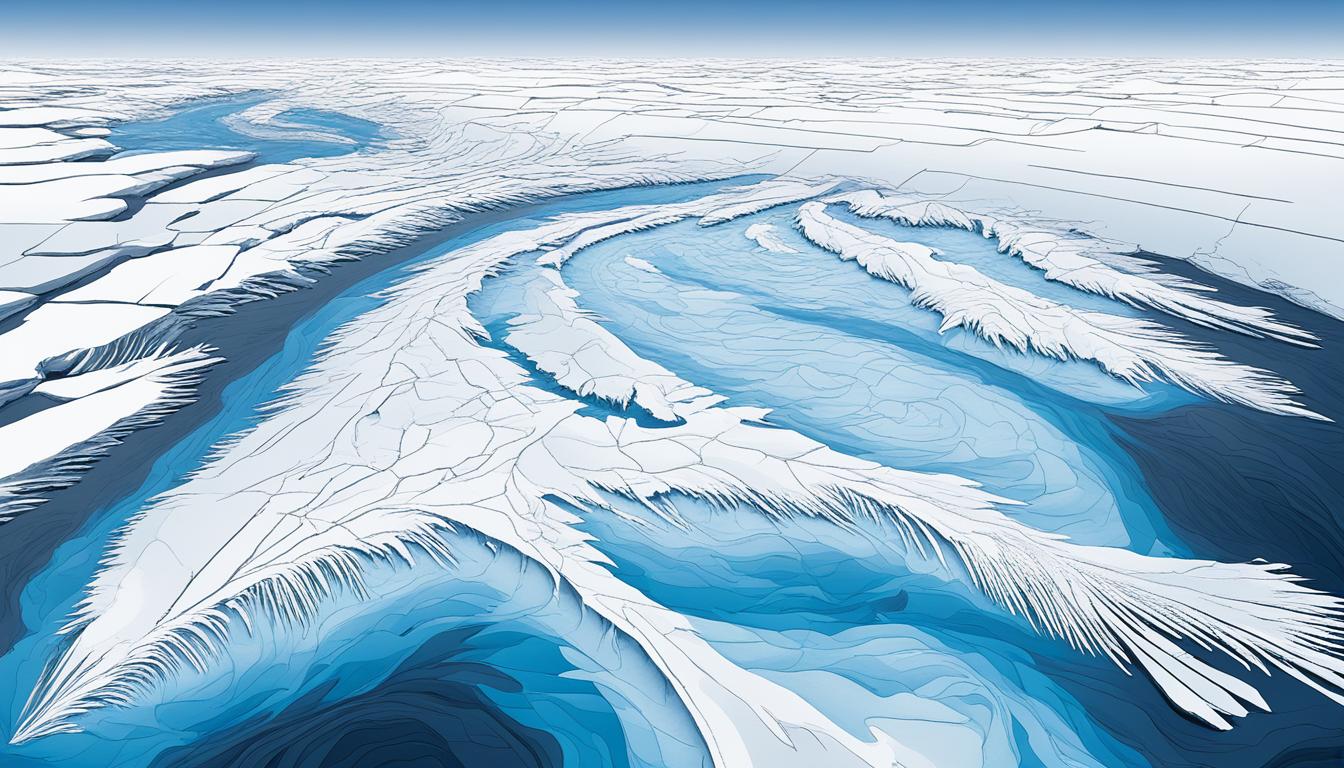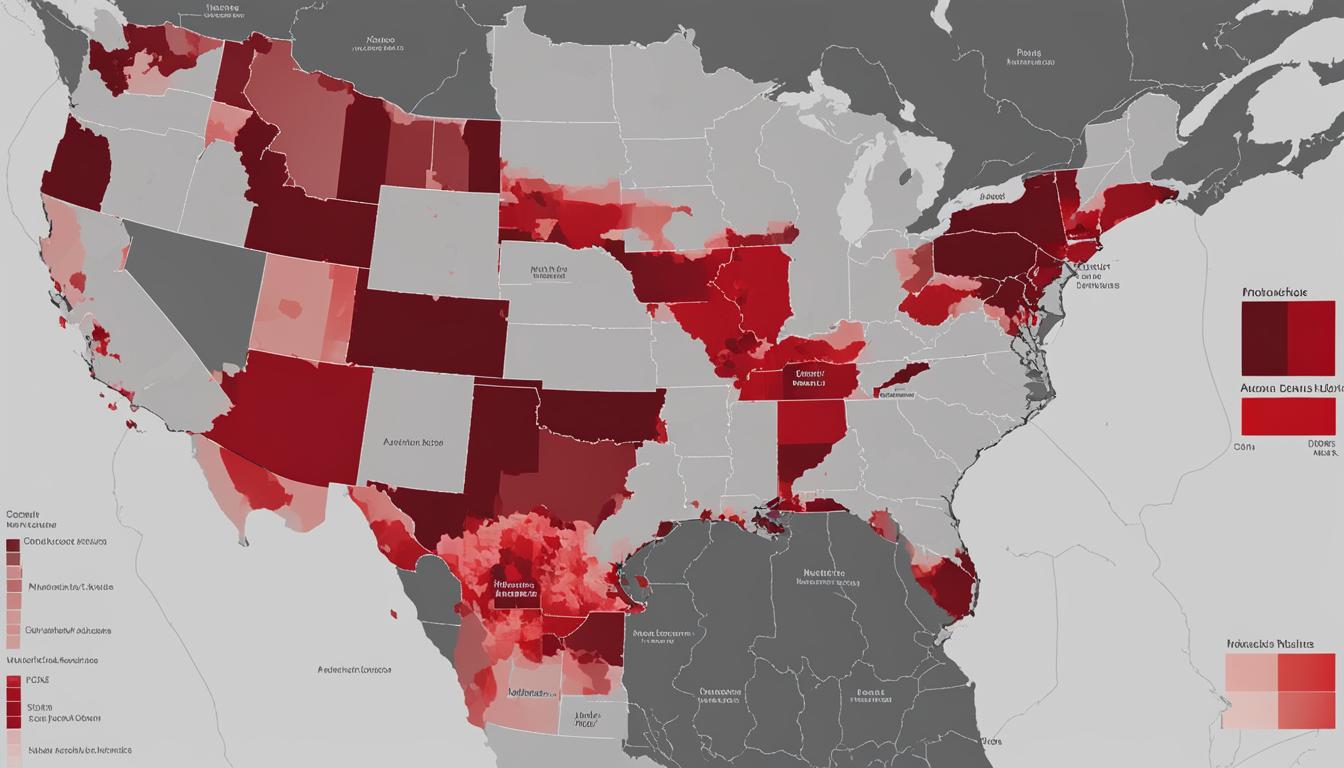The interplay between wind patterns and our global climate is both intricate and vastly influential. These air currents, driven by solar heating and the Earth’s rotation, traverse the planet, dictating weather changes and fostering varied ecological environments. When considering winds that blow over long distances, one cannot overlook the powerful and persistent influence of global wind systems. From the steady push of prevailing winds to the specific flows of trade winds, each plays a pivotal role in the transfer of air across vast expanses.
Yet, these global forces are nuanced by more localized air movements, including local winds, as well as coastal phenomena such as land breezes and sea breezes. The interaction between large-scale and regional wind systems is a testament to the dynamic nature of our atmosphere and its capacity to enact change both near and far.
This complex atmospheric ballet is not merely a curiosity for scientists but holds significant practical implications. By understanding the patterns and pathways of these winds, we can better predict weather, navigate the seas, and comprehend the dispersion of natural and anthropogenic substances around the globe.
Key Takeaways
- Understanding wind patterns is crucial for grasping the global climate dynamics and predicting weather changes.
- Prevailing winds, including trade winds, are the large-scale forces that dominate long-distance air movement.
- Local winds, land breezes, and sea breezes demonstrate the influence of geographical features on wind behavior.
- Global wind systems are vital for various natural processes and human activities such as sailing and flying.
- The study of winds blowing over long distances assists in monitoring and managing air pollution dispersion.
The Global Atmospheric Circulation: Prevailing Winds and Climate Zones
The tapestry of weather and climate across the Earth is extensively woven by the patterns of global atmospheric circulation. The dance of prevailing winds that swirl between the poles and the equator neatly divides the planet into distinct climate zones, each with its own characteristic weather patterns. This section delves into the scientific phenomena driving these powerful forces that shape our world’s climates.
The solar heating differential between the equator and the poles establishes areas of varying atmospheric pressure, thereby setting the stage for wind formation. Sun-bathed equatorial regions, receiving the sun’s energy most directly, spur the rise of warm air, which contributes to the formation of low-pressure zones. As this warm air ascends, it cools and moves toward the poles, descending back to the surface in high-pressure zones, closing the loop of what we recognize as global atmospheric circulation.
Understanding the Role of Solar Heating in Wind Formation
Solar heating is not merely about warmth; it’s the engine behind the complex processes that give rise to wind. As the sun heats the Earth unevenly due to the planet’s curvature, it births gradients in air pressure. These gradients act as the primary motivators for wind formation, with air naturally flowing from high-pressure zones toward the low-pressure voids, striving to achieve equilibrium.
The Coriolis Effect and Its Influence on Wind Patterns
Our planet’s rotation plays a subtle yet significant role in the direction of wind flow. The Coriolis effect is the deflection of this flow due to Earth’s rotation, causing winds to veer right in the northern hemisphere and left in the southern hemisphere. This effect is critical in shaping the trade winds, polar easterlies, and westerlies, and it complicates wind’s simple path from high to low pressure, introducing curls and spirals into the circulation patterns.
Hemispheric Wind Flow: Trade Winds, Polar Easterlies, and Westerlies
Trade winds are the reliable winds that mariners have known for centuries, blowing from the subtropical high-pressure zones toward the equatorial low-pressure zones. Following them, the westerlies command the temperate latitudes, blowing from west to east between the high latitudes and the equator. Lastly, the polar easterlies dominate the frigid poles, whisking from high-pressure areas within the polar cells outward and away from the poles.
Prevailing winds, by virtue of their consistency, have been instrumental in navigation and have also shaped climate zones by distributing heat and moisture around the globe. Recognizing the complex interplay between these winds and the Earth’s diverse terrains and bodies of water is central to predicting and understanding weather patterns on both regional and global scales.
Wind Zones and Long-Distance Wind Patterns
Exploring the vast complexities of Earth’s atmospheric dynamics, we recognize the significance of various wind zones in shaping our planet’s climate and weather systems. Among these, long-distance wind patterns exert influential forces that modify temperature, precipitation, and even ecological habitats. One of the most noteworthy examples within these zones are the polar easterlies – winds that do not simply whisper across the tundra but impact the globe on a grand scale.

The Distinct Characteristics of Polar Easterlies and Their Impact
The polar easterlies are a standout within the symphony of global winds, playing a unique role in the circumpolar climates. Known for their frigid consistency, these easterly winds originate from the high-pressure areas of polar highs and demonstrate a persistent pattern that has captivated meteorologists and climate scientists alike. Their cold and dry nature is instrumental in defining the weather and long-distance wind patterns experienced at higher latitudes.
| Characteristic | Impact |
|---|---|
| Direction | Influences marine currents and ice floe direction |
| Temperature | Affects the frigid climate of polar regions |
| Humidity | Contributes to arid conditions found in polar deserts |
| Pressure System | Steers cyclones southwards towards temperate climates |
| Seasonal Behavior | Impacts seasonal weather patterns and wildlife behavior |
Not only are the polar easterlies significant in themselves, but their interaction with other wind zones, particularly the long-distance wind patterns, creates a complex network of atmospheric flow that shapes both regional and global climates. This dance of air masses and currents forms a critical component of Earth’s climatological engine, an engine that is perpetually monitored and studied to better understand our changing world.
Which Blow Over Long Distances? Trade Winds, Local Winds, Land Breezes, Sea Breezes
Exploring the dynamics behind the winds that blow over long distances reveals a fascinating interplay between the Earth’s geophysical forces and atmospheric conditions. Trade winds are particularly well-known for their extensive reach, consistently driving weather systems from the horse latitudes towards the equator. Meanwhile, local winds, like gusts sweeping down from canyons, may also cross considerable terrain under specific topographical influences.

Temperature discrepancies play a pivotal role in the development of both land breezes and sea breezes, which can extend their influence far beyond their points of origin. As the day-night cycle prompts fluctuations in land and sea surface temperatures, breezes emerge as land heats up faster than water, or vice versa, driving air movement that is felt significantly afar. Recognizing the nuances between these wind types allows for a broader understanding of their impact on regional climates.
| Wind Type | Formation | Distance Travelled | Effects on Climate |
|---|---|---|---|
| Trade Winds | Temperature differences and Earth’s rotation | Thousands of miles, towards the equator | Regulate temperature, distribute rains |
| Local Winds | Topographical features like mountains and valleys | Variable, can extend several miles | Impact local weather, can create microclimates |
| Land Breezes | Night-time cooling of land surfaces | Can reach out to sea over tens of miles | Affects coastal marine systems |
| Sea Breezes | Day-time heating of land surpassing water temperatures | Can extend inland over tens of miles | Mitigates high temperatures in coastal areas |
By delving into the characteristics of these winds, our grasp of meteorology deepens, just as the impact these breezes have on long-term weather forecasting, sailing navigation, and even on the ecological habitats that fall in their path becomes more apparent. The persistence of these wind patterns — particularly the trade winds — plays a foundational role in many aspects of life, underscoring the vastness and continuity of Earth’s climatic systems.
Unique Phenomena and Variations in Wind Patterns
While wind patterns form the basis of our understanding of global climates, they are fascinatingly complex and can display remarkable variations that impact weather forecasting and climate assessment. Unique wind phenomena, influenced by factors like topography and atmospheric pressure differences, lead to the emergence of distinct wind forms. For instance, mountain winds present a captivating example of how elevation and landscape can reshape the direction and velocity of winds, generating intricate microclimates within regions that might otherwise seem climatically predictable.
Among such patterns, the role of mountain waves stands out. These atmospheric oscillations are formed when air flow is disrupted by the uneven surfaces of Earth’s topography, much like water waves created by a rock in a stream. These oscillations can lead to the development of striking cloud formations, known as lenticular clouds, due to the moisture in rising air condensing at high altitudes. These dynamic conditions not only affect aviators and outdoor enthusiasts but also signify the significant variations in wind patterns that can occur over relatively short distances.
Fully grasping these variations in wind patterns is imperative for anyone involved in the analysis of meteorological data or those tasked with predicting localized weather conditions. As such, understanding the underlying causes and effects of unique wind phenomena is not just an academic pursuit but a practical necessity for mitigating potential environmental and human impacts. This knowledge enables us to better anticipate extreme weather events and adapt our living and building practices to harmonize with these natural forces.





